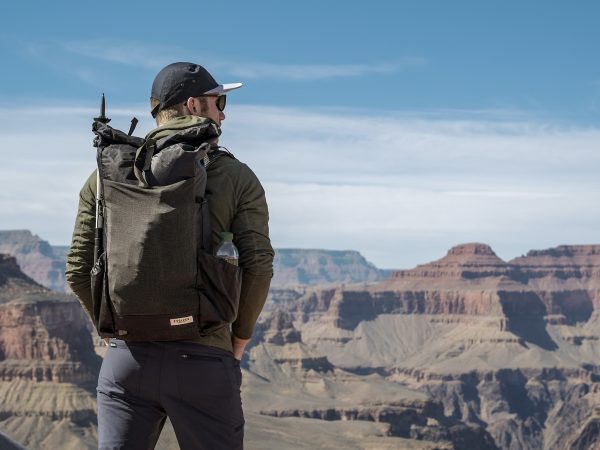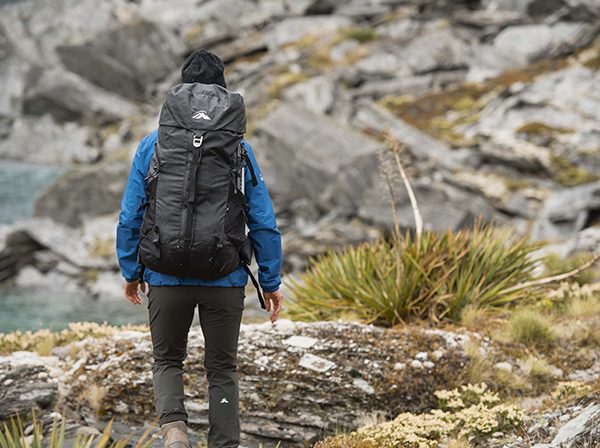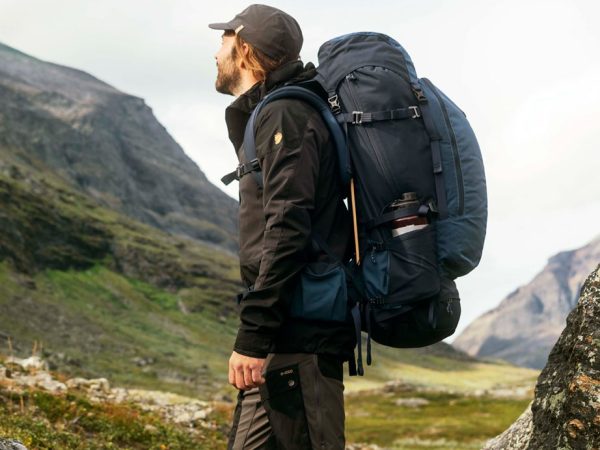Title: “From Day Trips to Expeditions: Selecting the Right Hiking Backpack for Your Journey”
Introduction:
Choosing the right hiking backpack is essential for a comfortable and successful outdoor adventure, whether you’re embarking on a day hike or a multi-day expedition. With a myriad of options available on the market, selecting the perfect backpack can be overwhelming. From capacity and features to fit and comfort, there are several factors to consider when choosing a hiking backpack that suits your needs. Let’s explore the key considerations for selecting the right hiking backpack for your journey, whether it’s a leisurely day trip or a challenging expedition.
1. Capacity:
The first step in selecting a hiking backpack is determining the appropriate capacity for your trip. For day hikes and short outings, a small to medium-sized backpack with a capacity of 20 to 40 liters is usually sufficient to carry essentials such as water, snacks, a first aid kit, and extra layers. For overnight trips or longer expeditions, opt for a larger backpack with a capacity of 50 to 70 liters or more to accommodate additional gear, clothing, and supplies.
2. Fit and Comfort:
A well-fitting backpack is crucial for comfort and stability on the trail. Look for backpacks with adjustable shoulder straps, padded hip belts, and contoured back panels that provide support and distribute weight evenly. Many backpacks are available in different sizes to accommodate varying torso lengths, so be sure to try on several options to find the best fit for your body shape and size.
3. Features and Organization:
Consider the features and organization of the backpack to ensure it meets your specific needs and preferences. Look for compartments, pockets, and attachment points that allow you to organize and access your gear easily. Features such as hydration bladder compatibility, trekking pole attachments, and external gear loops can enhance functionality and convenience on the trail.
4. Durability and Weather Resistance:
Choose a hiking backpack made from durable materials that can withstand the rigors of outdoor use. Look for backpacks constructed from abrasion-resistant fabrics, reinforced seams, and water-resistant coatings to protect your gear from the elements. Additionally, consider features such as rain covers or integrated waterproof liners for added protection during inclement weather conditions.
5. Weight:
While it’s important to prioritize durability and features, keep in mind that the weight of your backpack can impact your comfort and mobility on the trail. Choose a backpack that strikes the right balance between durability and weight, opting for lightweight materials and minimalist designs whenever possible. Remember that every ounce counts, especially on long-distance hikes or strenuous expeditions.
6. Brand Reputation and Reviews:
Finally, consider the reputation of the brand and read reviews from other hikers to gauge the quality and performance of the backpack. Look for brands known for their expertise in outdoor gear and equipment, and seek feedback from experienced hikers who have firsthand experience with the backpack you’re considering. Pay attention to factors such as durability, comfort, and reliability to make an informed decision.
Conclusion:
Selecting the right hiking backpack is essential for a safe, comfortable, and enjoyable outdoor adventure. By considering factors such as capacity, fit and comfort, features and organization, durability and weather resistance, weight, and brand reputation, you can choose a backpack that meets your needs and enhances your hiking experience, whether you’re embarking on a day trip or an epic expedition into the wilderness.


